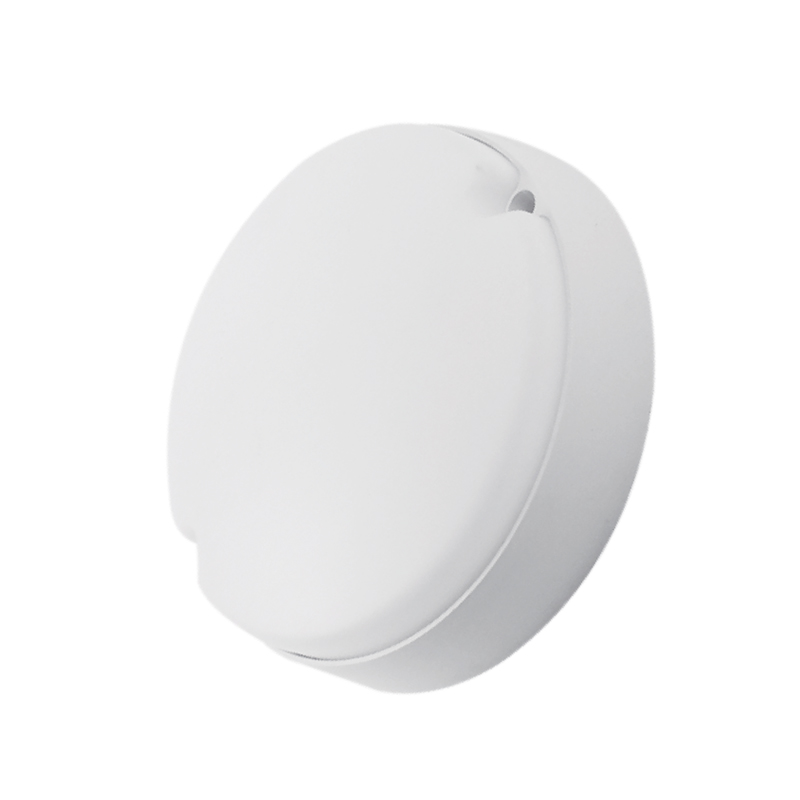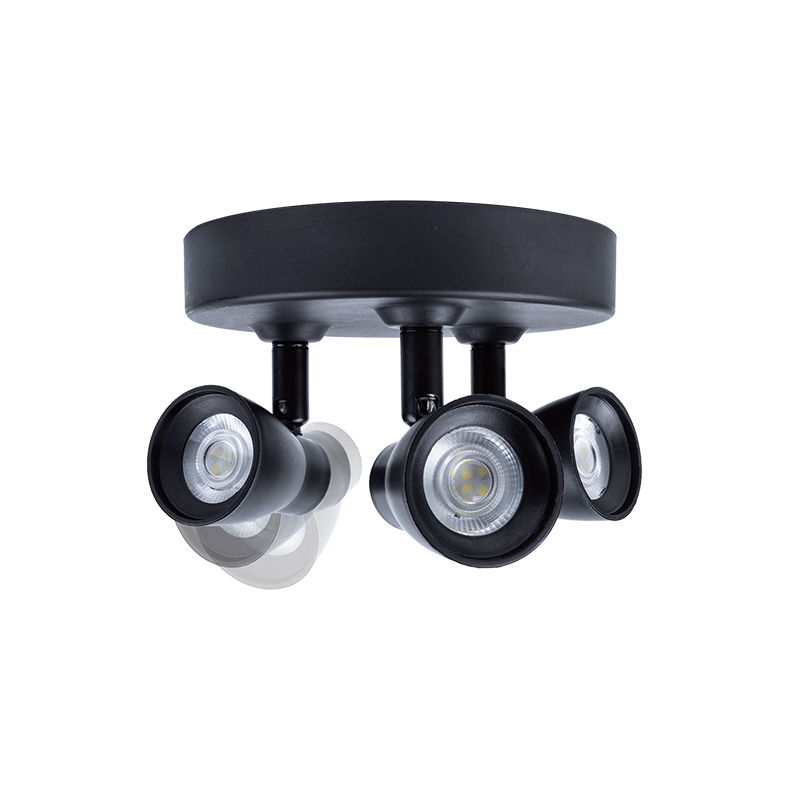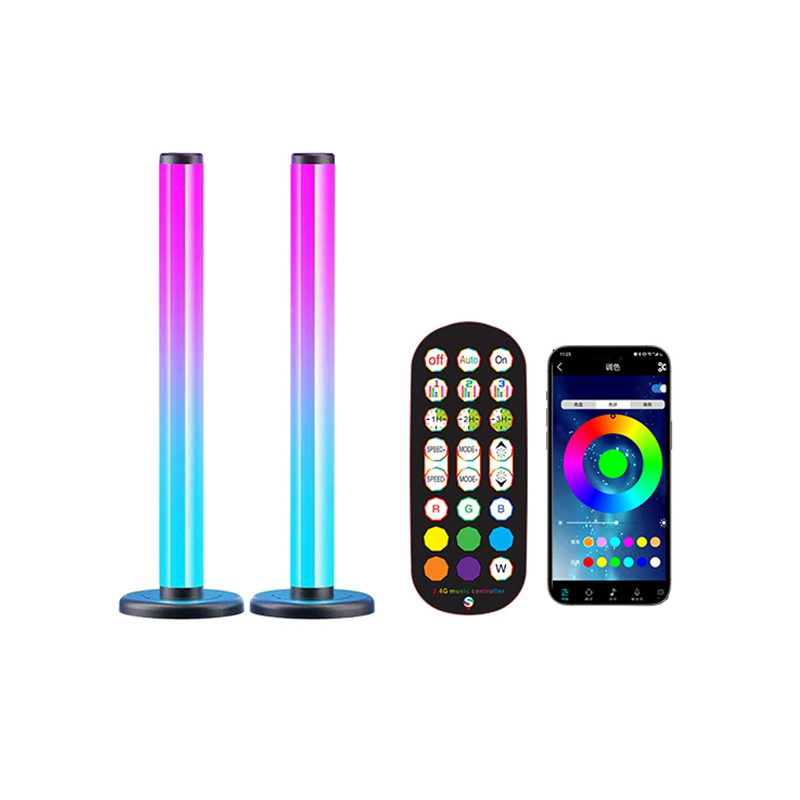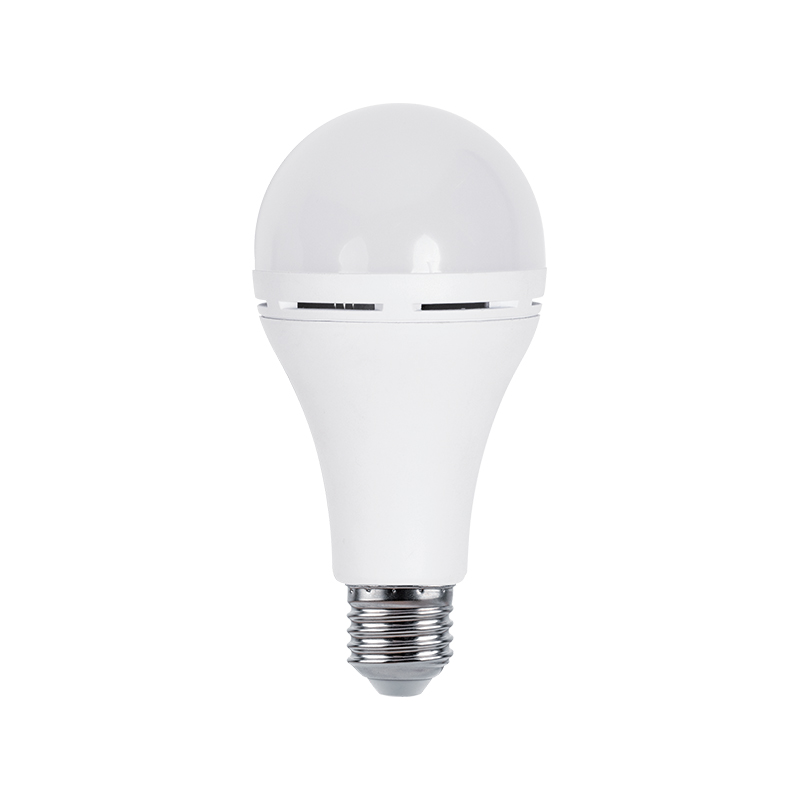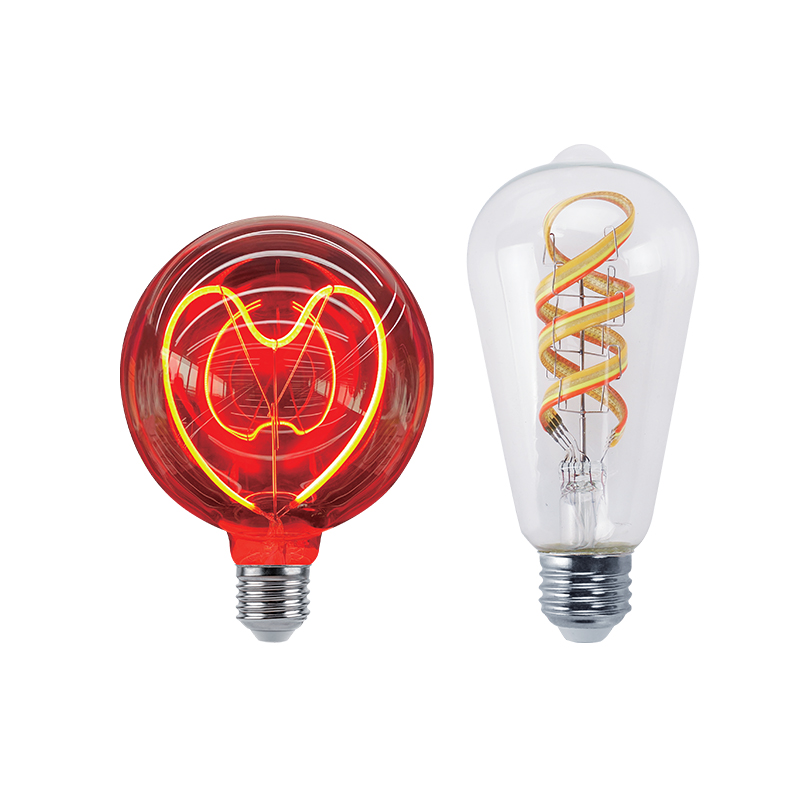We sincerely look forward to establishing a long-term development partnership with you with good quality and professional services.
Traditional lighting design has long been trapped in the misunderstanding of "luminous flux worship". From incandescent lamps to fluorescent lamps, and then to early LED lighting, the industry has always regarded luminous flux (lumens) as the core indicator, but ignored the accuracy of light distribution. This mindset leads to three common problems in lighting systems: severe light pollution (such as frequent glare), low space utilization (such as dark areas on the edges of shelves), and separation of light effect and aesthetics (such as lack of decorative lamp function). The birth of the crown reflector is a subversive breakthrough in this thinking paradigm.
Its core logic lies in "light quality reconstruction" - converting luminous flux into "effective light effect" through deep optimization of the optical system. For example, the luminous angle of traditional LED filament bulbs often reaches 270°, resulting in a lot of light wasted in non-target areas; while the crown reflector uses aspheric lenses and microstructured surfaces to converge the light beam to the golden range of 120°-180°, increasing the luminous flux utilization rate by more than 40%. This transformation is not a simple technological iteration, but a philosophical reflection on the nature of lighting: when the light beam no longer diffuses blindly, but serves the needs of space accurately, lighting is sublimated from "energy consumption" to "space empowerment".
The technological breakthrough of the Crown reflector is reflected in three dimensions:
1. Precision control of lens curvature
The surface of its lens is covered with nano-scale microstructures, which are like "optical fingerprints". Through the combination of different curvature radii, the gradient refraction of light is achieved. For example, the stepped curvature design is adopted in the vertical direction, so that the light intensity decays naturally with the height, which not only ensures the central illumination but also avoids the edge from being too dark. This design is particularly critical in museum lighting - when the light is accurately projected on the surface of the cultural relic, it will not damage the cultural relic due to excessive light, but also highlight the historical details through uniform light and shadow.
2. Innovative application of material science
The reflector substrate is made of high thermal conductivity ceramic material, whose thermal expansion coefficient perfectly matches the LED filament, avoiding the light efficiency attenuation caused by thermal stress of traditional metal substrate. At the same time, the surface coating technology increases the reflectivity to more than 98%, and with the micro-prism structure of the Fresnel lens, the light refraction efficiency is optimized to the extreme. This collaborative innovation of materials and optics extends the life of the lamp to more than 50,000 hours, and the light decay is less than 20%.
3. Systematic design of spatial optics
The Crown reflector breaks through the "point light source" limitation of traditional lamps, and achieves the optical effect of "surface light source" through the combination of annular lens array and curved reflector. This design allows the light to form a uniform light field in space, avoiding the "central bright spot" and "edge dark area" of traditional lamps. For example, in commercial lighting, the illumination uniformity of shelf layers can be increased to more than 0.8, far exceeding the standard value of 0.6 of traditional lamps.
The most significant breakthrough of the Crown reflector is that it breaks the spell of "function and aesthetic opposition" of lighting products. Although traditional LED filament bulbs are known for their retro shape, it is often difficult to balance light effect and decorativeness; and the Crown reflector achieves a perfect fusion of the two through the modular design of the optical system.
1. Decorative technical sublimation
The filament shape retains the visual gene of traditional tungsten filament lamps, but through the microcrystalline glass packaging technology, the filament surface presents a diamond-cut facet effect. When the light refracts between the facets, it produces a brilliant light effect similar to that of a crystal chandelier. This design not only meets the decorative needs in high-end hotels, art exhibition halls and other scenes, but also avoids the energy consumption and maintenance costs of traditional crystal lamps.
2. Functional aesthetic expression
The optical system of the crown reflector is not a simple technical stacking, but a transformation of functional needs into aesthetic language. For example, its stepped light attenuation design is manifested as "light and shadow narrative" in commercial lighting - the strong light on the top layer of the shelf highlights the main visual of the product, and the weak light on the bottom layer creates a warm atmosphere. This sense of hierarchy of light effect sublimates lighting from a simple physical need to an expression of spatial emotion.
3. Infinite possibilities of scene adaptation
Through the combined adjustment of lens curvature and reflection angle, the crown reflector can adapt to the power range from 3W to 12W to meet the needs of different scenes. In museums, it uses precise beams to show the details of cultural relics; in clothing stores, it uses soft light and shadow to highlight the texture of fabrics; in supermarkets, it uses uniform illumination to enhance the attractiveness of goods. This scene-based adaptation capability makes it a "master key" for lighting design.
The breakthrough of the crown reflector not only changed the product form of LED filament bulbs, but also triggered a profound change in the lighting industry:
1. Promote the specialization of lighting design
Traditional lighting design relies on experience and intuition, and the emergence of the crown reflector allows designers to accurately predict the light effect through optical simulation software. This "what you see is what you get" design mode has shifted lighting from "artistic creation" to "scientific engineering".
2. Accelerate collaborative innovation in the industrial chain
Its technical architecture involves multiple fields such as materials science, optical engineering, and thermodynamics, forcing upstream and downstream companies to break barriers and form a collaborative innovation ecosystem. For example, ceramic substrate suppliers need to cooperate with coating companies to meet the performance requirements of reflectors.
3. Reshape the value system of lighting products
When lighting shifts from "energy consumption" to "space empowerment", the value assessment criteria of products also change accordingly. The high premium of the Crown reflector comes from the "light efficiency premium" it creates - that is, by improving the quality of space, it indirectly improves the commercial value.
The technological breakthrough of the Crown reflector has opened up new imagination space for the lighting industry:
1. The underlying support of intelligent lighting
Its precise optical system provides a physical basis for intelligent lighting. For example, through the dynamic adjustment of the lens curvature, the scene-based lighting of "light follows people" can be realized, so that the spatial light effect is always synchronized with user needs.
2. The technical foundation of healthy lighting
The stepped light attenuation design naturally fits the human eye's adaptability to light intensity. In the future, it can be further combined with spectral adjustment technology to achieve healthy lighting of "light follows physiology", such as simulating the circadian rhythm of natural light.
3. Innovative paradigm of green lighting
By improving the utilization rate of light efficiency, the Crown reflector makes the energy efficiency of LED filament bulbs more than 30% higher than that of traditional products. This technical path provides a new idea for green lighting - energy saving depends not only on reducing power, but also on improving light efficiency.

 English
English Español
Español Deutsch
Deutsch

